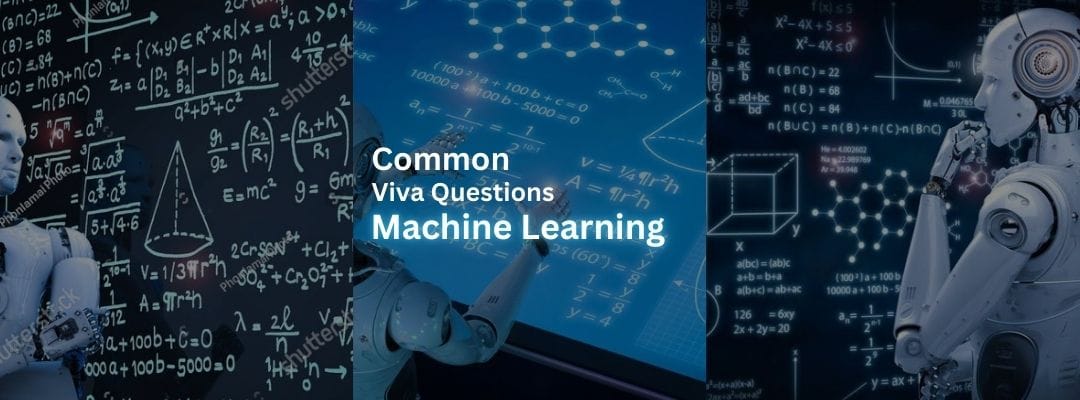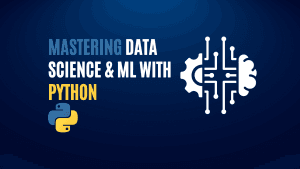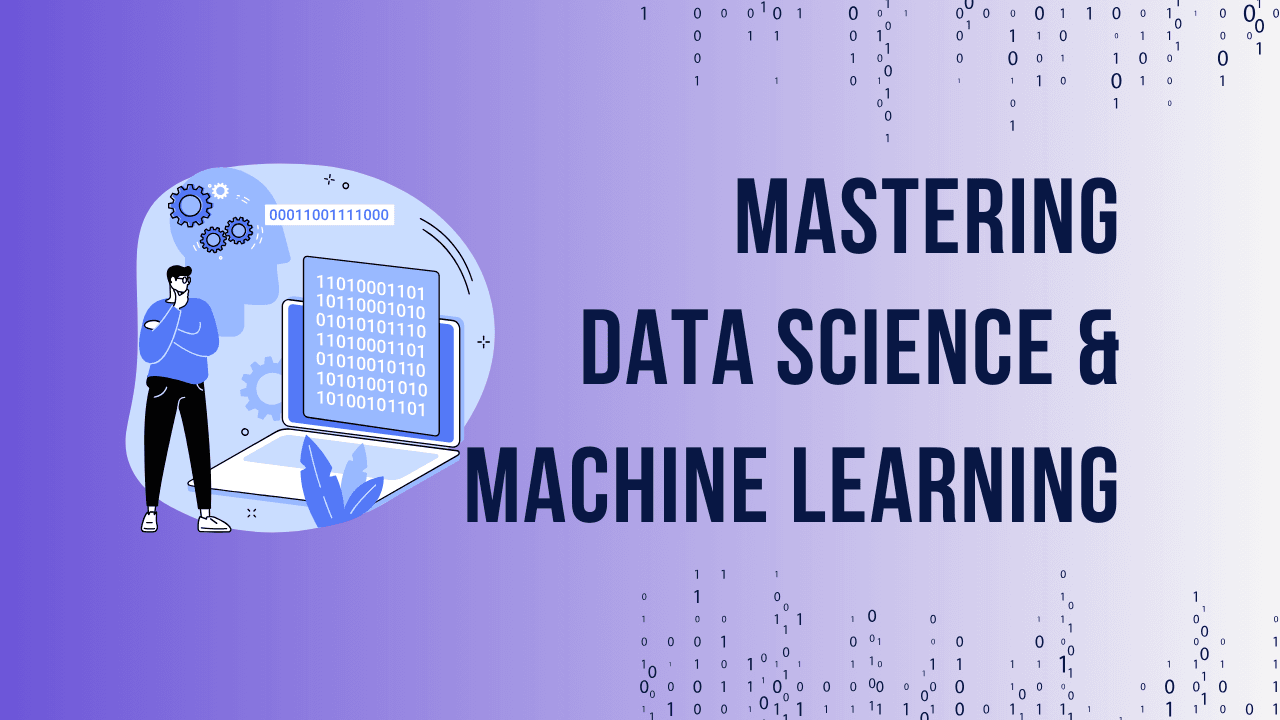Machine Learning has now emerged as a major domain of Artificial Intelligence. Business industries are changing with it. Therefore, with the increasing demand for Machine Learning professionals, it becomes imperative for the student community pursuing courses in this domain to prepare effectively for viva examinations. In this article, we will present some of the common viva questions on Machine Learning, which would guide students comprehensively in acing their examinations.
Table of Contents
Toggle1. What is Machine Learning?
Machine Learning is that part of Artificial Intelligence which deals with the construction of algorithms and models that allow computers to learn from, and make predictions or decisions based on that learning from data, without being explicitly programmed.
Ready to take you Data Science and Machine Learning skills to the next level? Check out our comprehensive Mastering Data Science and ML with Python course.
2. How does Machine Learning differ from traditional programming?
In traditional programming, explicit instructions are given to solve a particular problem. In contrast, Machine Learning algorithms learn from the data themselves and self-modify their behavior to do complicated tasks and thus make a prediction.
3. What are different types of Machine Learning?
There are primarily three types of Machine Learning: supervised, unsupervised, and reinforcement. In supervised learning, models would be trained on labeled data; in unsupervised learning, the case deals with unlabeled data, and in reinforcement learning, the training of models happens by interaction with an environment.
4. What are some popular algorithms used in Machine Learning?
Some algorithms shared in Machine Learning are linear regression, logistic regression, decision trees, random forests, support vector machines, and neural networks.
5. How do you handle overfitting in Machine Learning?
Overfitting refers to situations where a model is trained too well that it cannot generalize on other unseen data. Overfitting can be avoided by several techniques that include regularization, cross-validation, and early stopping.
6. What is Bias-Variance Tradeoff in Machine Learning?
Bias-variance tradeoff refers to a model’s capturing ability for the complexity of data—it will, hence, have low bias—and sensitivity to variations in training data, leading to high variance. The balance should be appropriate to ensure that a model comes up with optimal performance.
7. How would you evaluate the performance of the Machine Learning model?
Some of the performance evaluation metrics of Machine Learning models are accuracy, precision, recall, F1 score, and AUC-ROC.
8. What is feature selection, and why is it important?
Feature selection involves the selection of the most relevant features in a dataset in the building of a model; this helps to improve the performance of the model and reduce its complexity. One gets rid of features that are irrelevant or redundant in this method, which would otherwise lead to poor generalization and model interpretability.
9. How do you handle missing values in a dataset?
Imputation methods, where the missing values are estimated on the basis of other available data, and removal of rows or columns depending upon the extent of missing data and how it is going to affect the analysis.
10. How can Machine Learning be applied in real-world scenarios?
It finds applications in various fields such as healthcare, finance, marketing, and cybersecurity. Applications would include, for example, fraud detection, recommendation systems, image recognition, and natural language processing, predictive maintenance, among many more.
Ready to take you Data Science and Machine Learning skills to the next level? Check out our comprehensive Mastering Data Science and ML with Python course.



